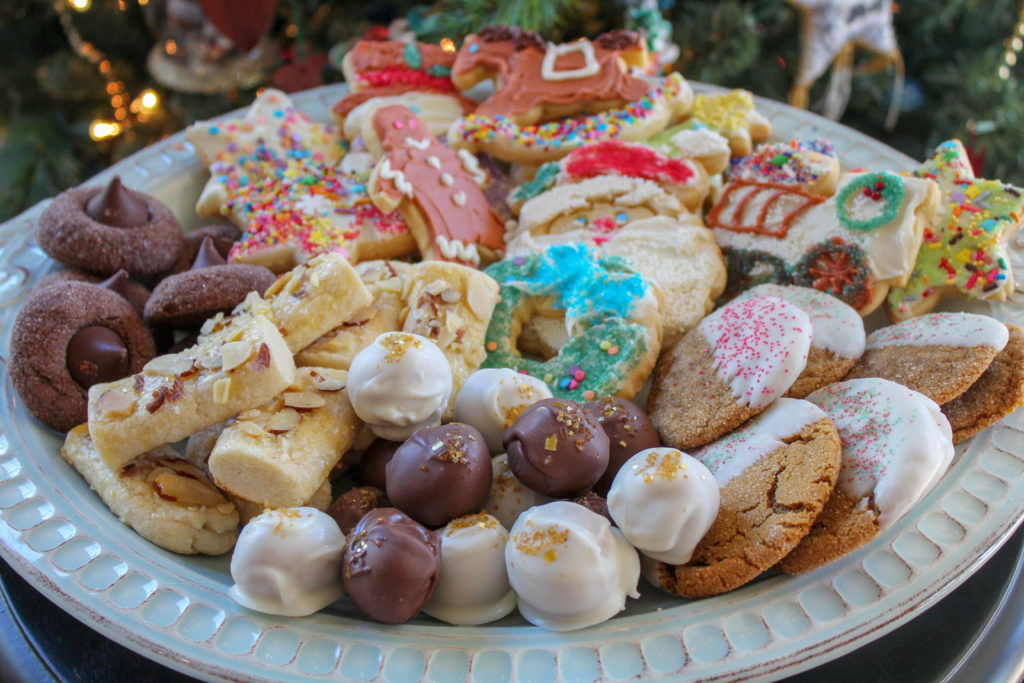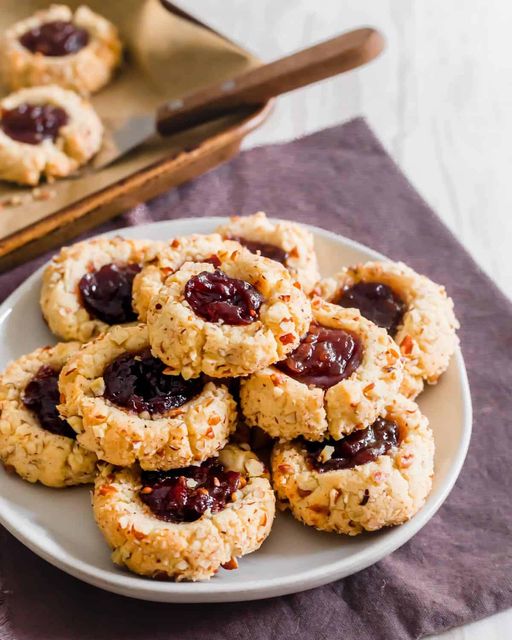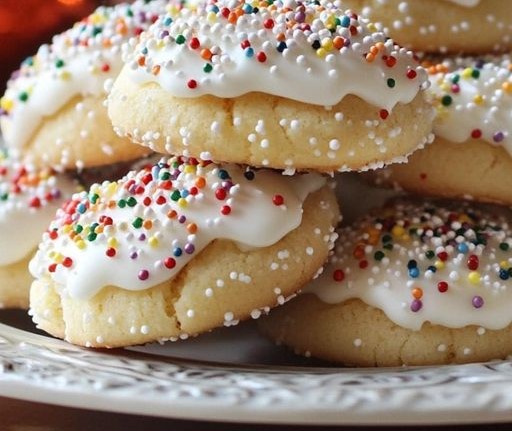Origins and Evolution
The tradition of baking and sharing Christmas cookies is deeply rooted in history, tracing back to ancient solstice rituals and medieval European customs. The concept of Christmas cookies as we know them today began to take shape during the Middle Ages when spices like cinnamon, ginger, and nutmeg were introduced to Europe through trade routes. These spices, along with ingredients such as dried fruits and nuts, became integral to festive baking, particularly during the Christmas season.
“Christmas cookies: little bites of holiday magic that bring warmth, joy, and sweet memories with every bite.”
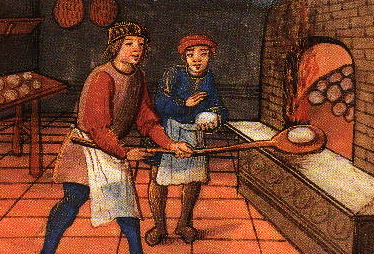
Medieval Beginnings
In medieval Europe, biscuits (the precursors to modern cookies) were often flavored with the newly available spices and sweetened with honey. These treats were typically reserved for special occasions due to the high cost of ingredients. By the 16th century, Christmas biscuits had become popular across Europe. Different regions developed their own unique variations:
- Germany: Lebkuchen, a type of gingerbread, became a festive staple.
- Sweden: Pepparkakor, thin and crisp ginger cookies, were commonly baked.
- Norway: Krumkake, delicate wafer cookies, were traditionally prepared.
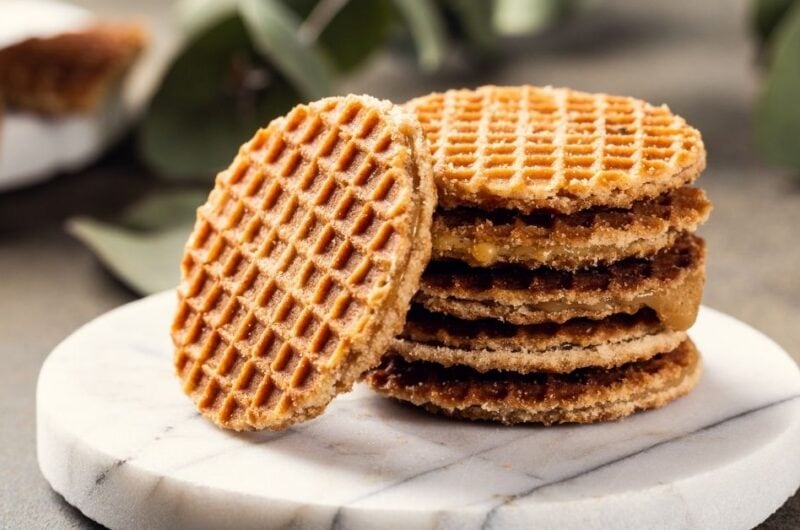
Introduction to America
The tradition of Christmas cookies was brought to America by Dutch settlers in the early 17th century. The Dutch word koekje, meaning “little cake,” evolved into the English word “cookie.” These settlers introduced various cookies, including Kerstkransjes, round cookies with a hole in the middle, often decorated with almond chips.

19th and 20th Century Developments
The 19th century saw significant developments in the Christmas cookie tradition in America. Changes in importation laws between 1871 and 1906 led to an influx of affordable German cookie cutters, which allowed American bakers to create elaborately shaped cookies. These cutters often featured Christmas-themed designs, such as stars, angels, and Christmas trees, which became popular motifs for holiday baking.By the early 20th century, decorated cookies, such as Lebkuchen, were being imported from
Germany and used as Christmas gifts. The tradition of leaving cookies and milk for Santa Claus on Christmas Eve also began to take hold in the United States during the 1930s, a practice thought to teach children about generosity and gratitude during the Great Depression.
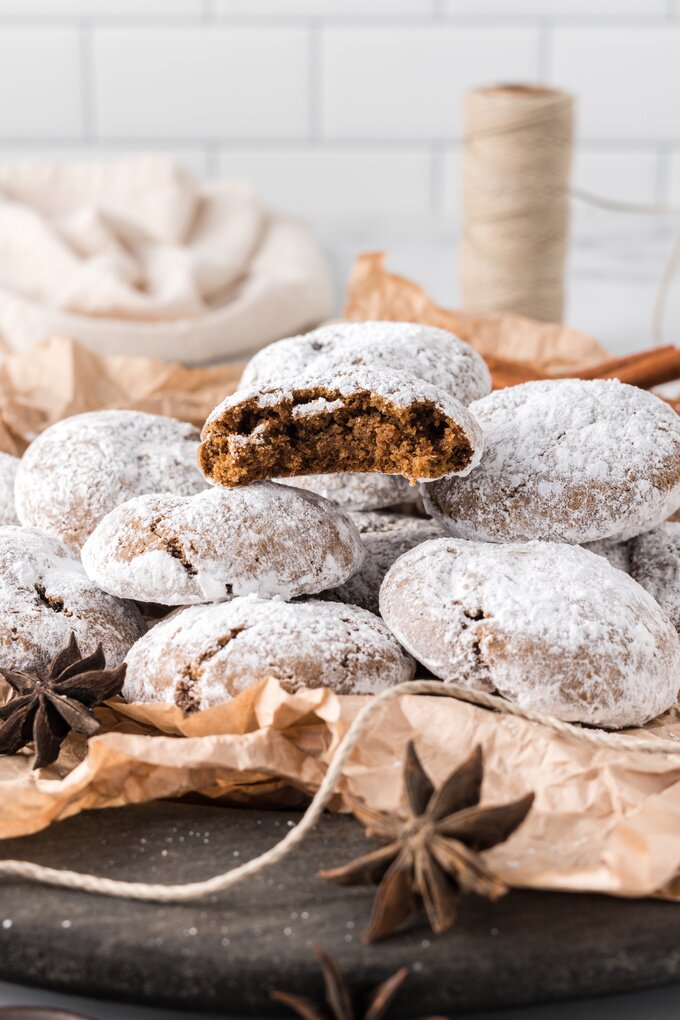
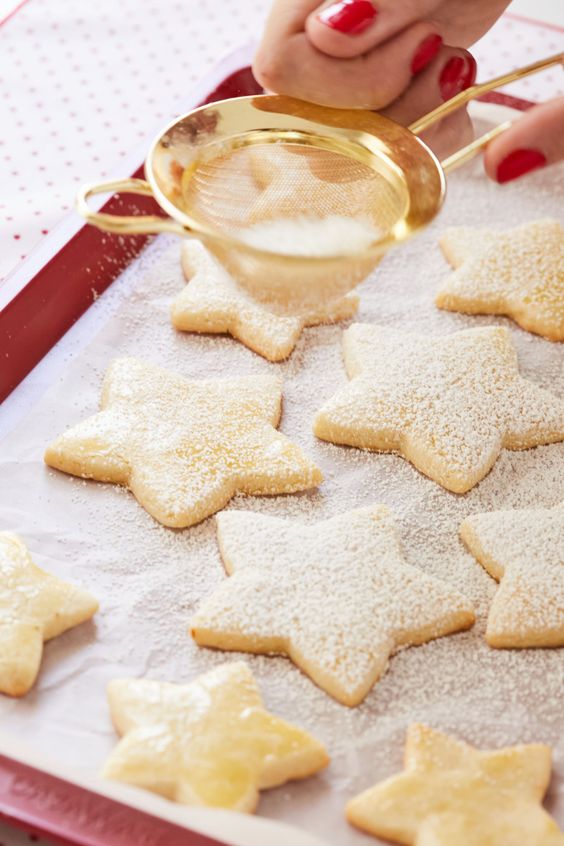
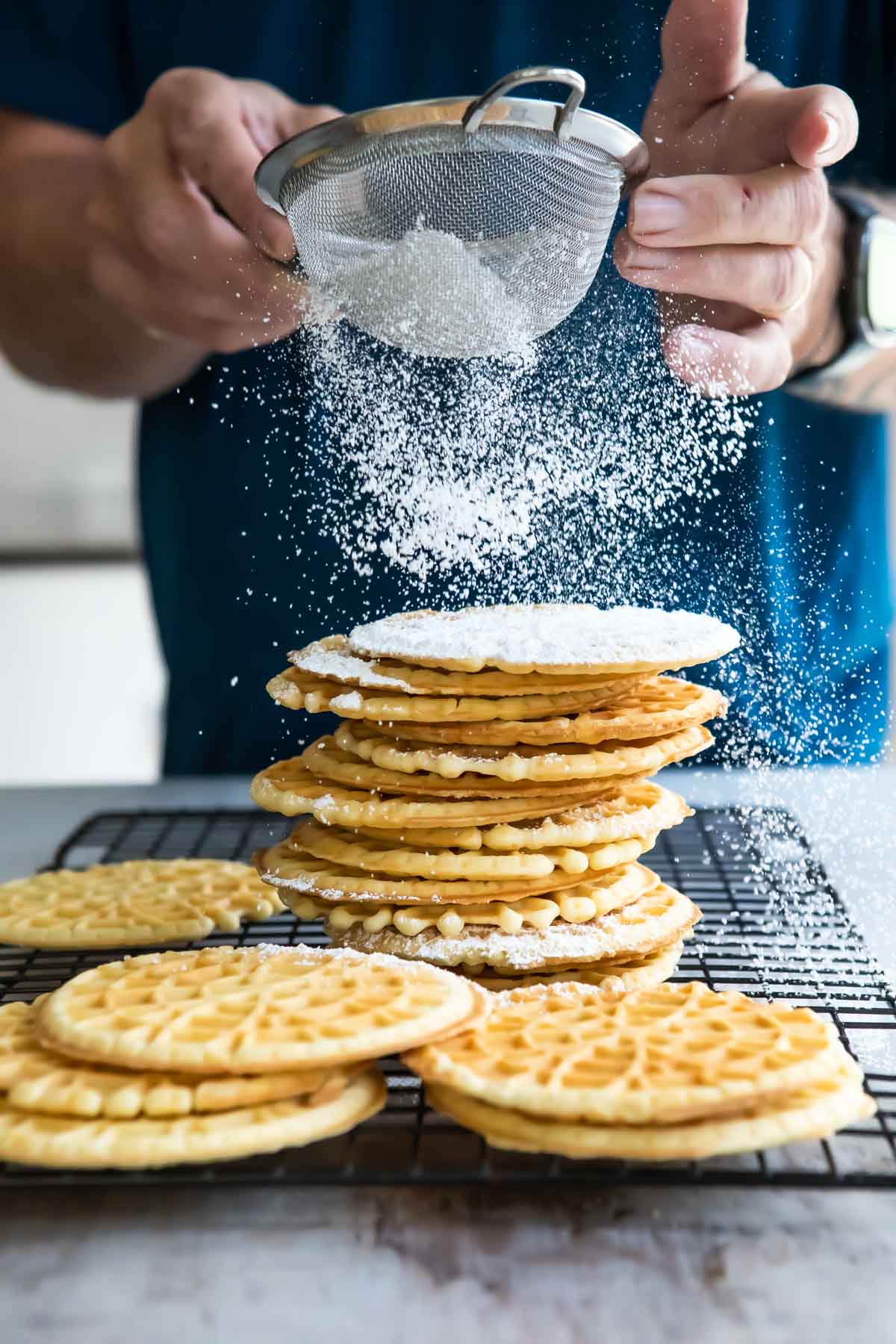
Cultural Variations
Christmas cookies vary widely across different cultures, each bringing its flavors and traditions to the festive table:
- Germany: Pfeffernüsse, spiced cookies dusted with powdered sugar, and Springerle, anise-flavored cookies with intricate designs.
- France: Bredele, small, spiced cookies from the Alsace region.
- Norway: Fattigmann, deep-fried cookies dating back to the Middle Ages.
- Mexico: Repostería, shortbread-like cookies dipped in cinnamon sugar.
- Italy: Pizzelle, thin, waffle-like cookies with intricate patterns.
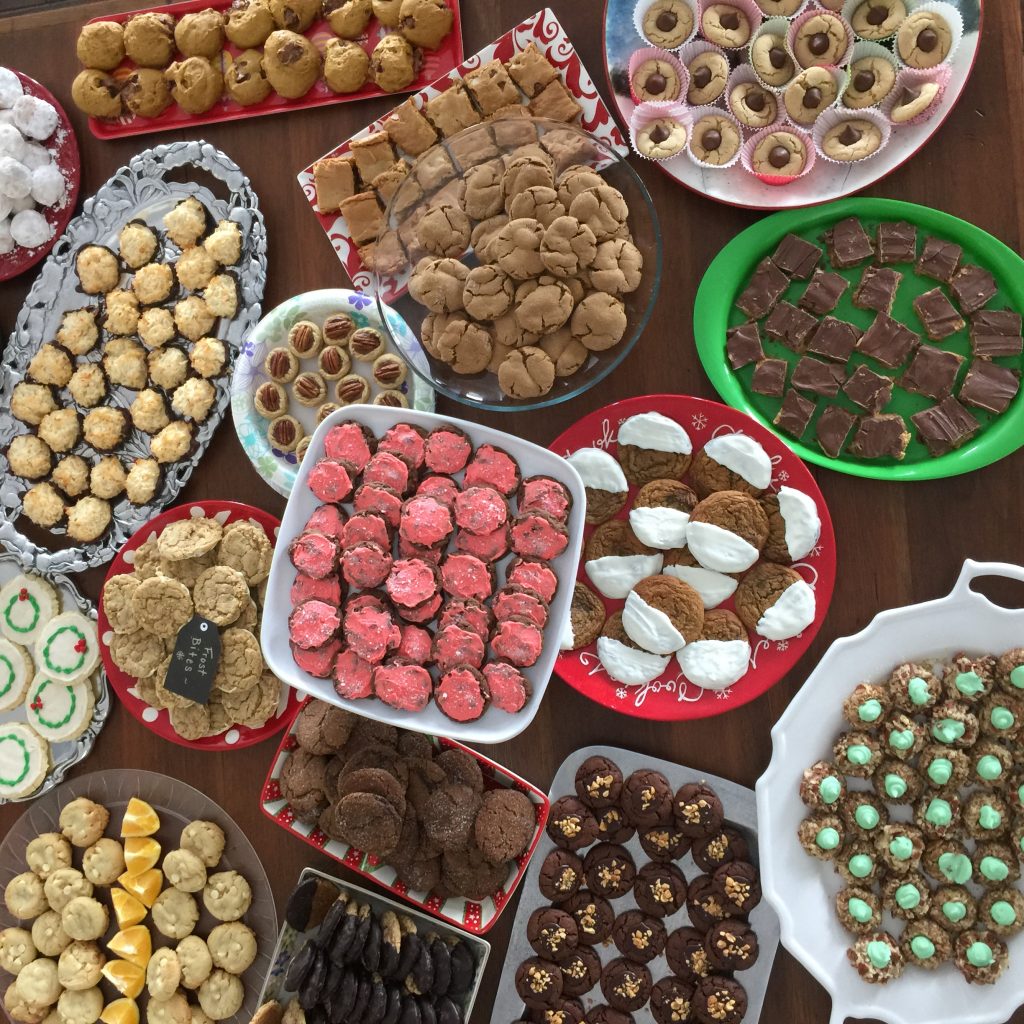
Modern Traditions
Today, Christmas cookies are a beloved part of holiday celebrations around the world. Families often have their own cherished recipes and traditions, passing them down through generations. Cookie exchanges, where people bake one type of cookie and trade with others, have become a popular way to share the holiday spirit and variety of treats without the need to bake multiple kinds.
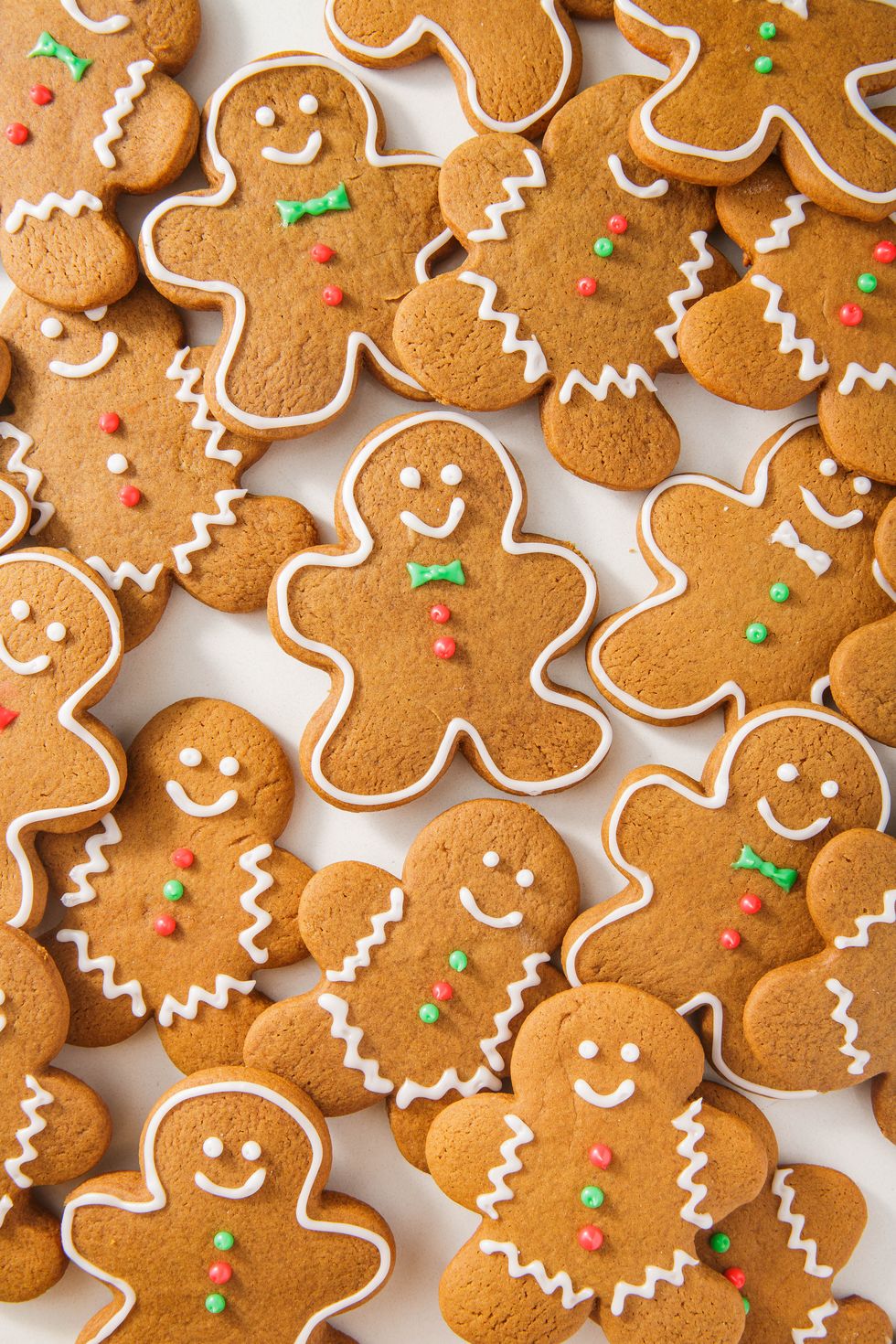


Popular Christmas Cookies
Some of the most popular Christmas cookies that have stood the test of time include:
- Gingerbread Cookies: Often made into gingerbread men or houses, these cookies are a quintessential part of Christmas.
- Sugar Cookies: Simple, versatile cookies that can be cut into various shapes and decorated with icing and sprinkles.
- Shortbread: Rich, buttery cookies that are easy to make and can be flavored in numerous ways.
- Linzer Cookies: Jam-filled cookies that are as beautiful as they are delicious.
Conclusion
The tradition of Christmas cookies is a rich tapestry woven from centuries of history, cultural exchanges, and evolving customs. From the medieval spiced biscuits of Europe to the elaborately decorated cookies of modern America, these sweet treats continue to bring joy and warmth to holiday celebrations around the world. Whether baking for family, friends, or even Santa Claus, Christmas cookies remain a delicious symbol of the season’s spirit of giving and togetherness. By understanding the history and cultural significance of Christmas cookies, we can appreciate these festive treats even more as we continue to create and share them with our loved ones each holiday season.

